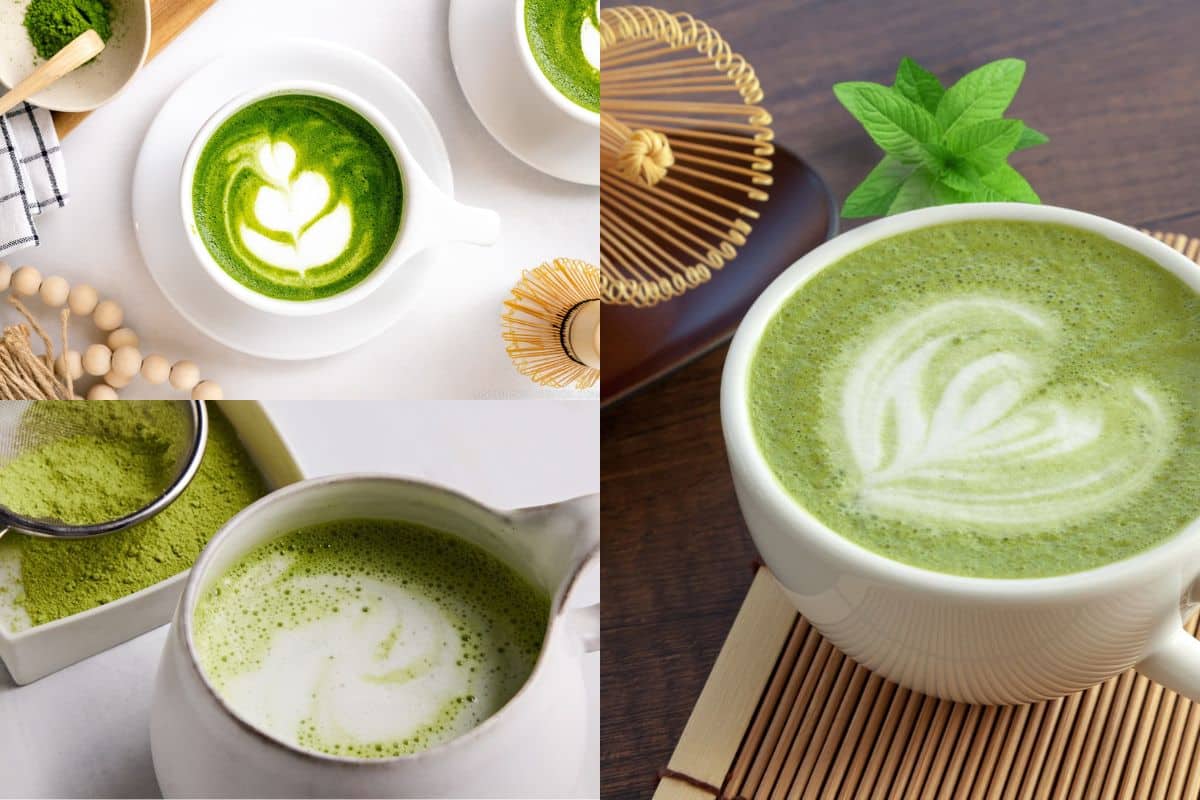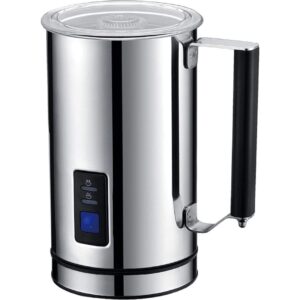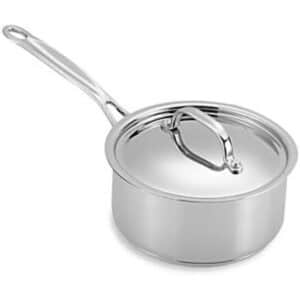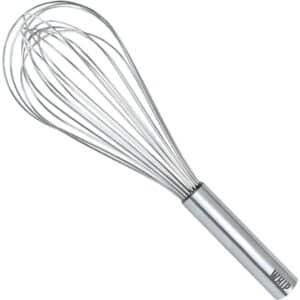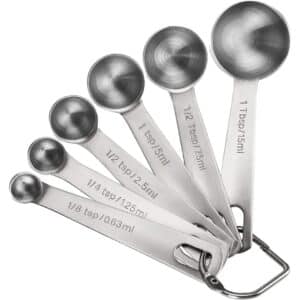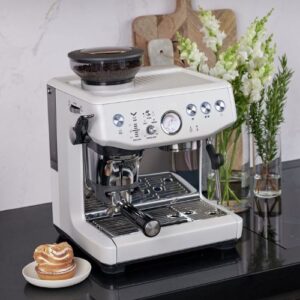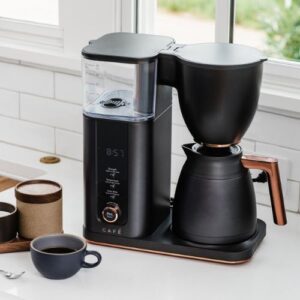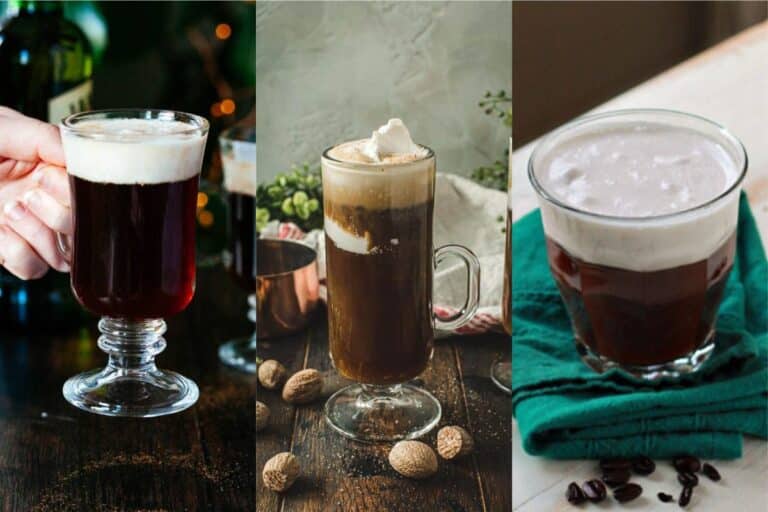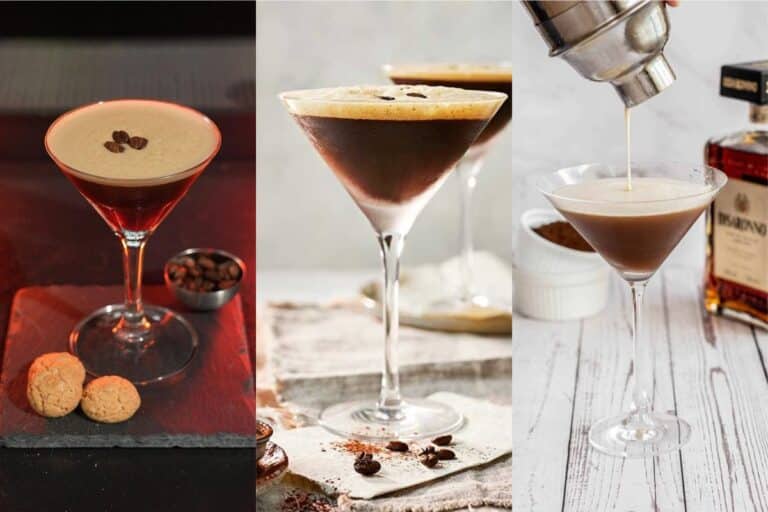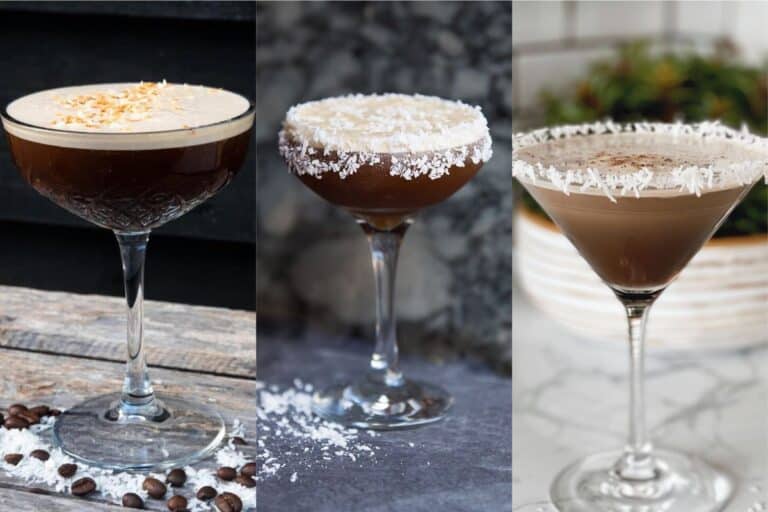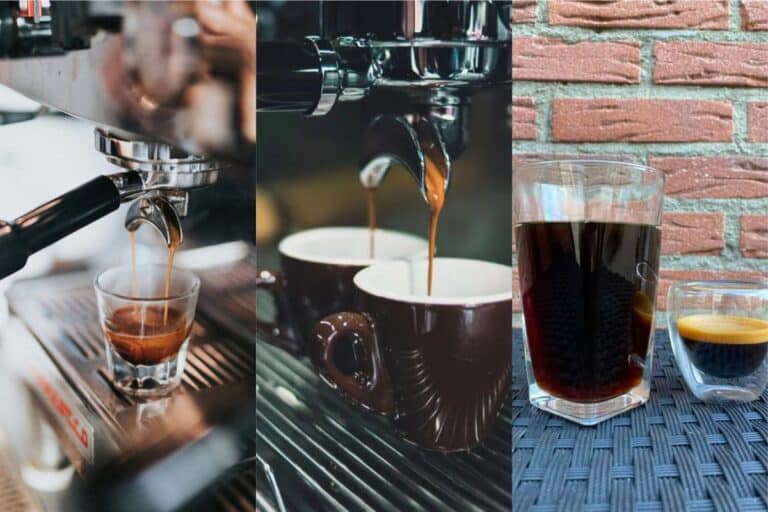Matcha lattes have become increasingly popular, gaining a dedicated following among tea and coffee enthusiasts alike. This vibrant green beverage is not only visually appealing but also packed with numerous health benefits. Matcha, a finely ground powder made from specially grown and processed green tea leaves, is known for its rich, earthy flavor with a hint of sweetness and a creamy texture.
Beyond its unique taste, matcha is celebrated for its high antioxidant content, which can help boost metabolism and improve overall health. It also contains L-theanine, an amino acid that promotes relaxation without drowsiness, and provides a steady, calm energy boost without the jitters often associated with coffee. Whether you’re looking to enhance your morning routine or seeking a delicious, health-conscious treat, making a matcha latte at home is a simple and rewarding experience.
What is a Matcha Latte?
Matcha is a type of green tea made from young tea leaves that are ground into a bright green powder. This method of preparation dates back to ancient Japan, where it was traditionally used in tea ceremonies. The tea plants are shade-grown for about three weeks before harvest, which increases chlorophyll levels and gives matcha its vibrant color and unique flavor.
A matcha latte is a creamy and frothy beverage made by blending matcha powder with milk and a sweetener. Unlike traditional lattes that use espresso as the base, a matcha latte uses matcha powder, which provides a smooth and earthy flavor profile with a natural sweetness. The absence of coffee means the caffeine content is lower, and the presence of L-theanine in matcha promotes relaxation and focus.
The key components of a matcha latte include:
- Matcha Powder: The star ingredient, providing a rich, earthy flavor and a boost of antioxidants.
- Milk: Can be dairy or non-dairy (like almond, soy, or oat milk) to create a creamy texture and balance the matcha’s bold flavor.
- Sweetener: Optional, but commonly used to enhance the natural sweetness of matcha and create a more balanced taste. Popular choices include honey, sugar, or maple syrup.
By combining these ingredients, a matcha latte offers a unique and refreshing alternative to traditional coffee-based lattes, delivering a delightful blend of flavors and health benefits.
How to Make a Matcha Latte
1
servings10
minutes100
kcalA simple and healthy matcha latte recipe that you can make at home in just 10 minutes. Enjoy the creamy, earthy flavors of matcha blended with your choice of milk and sweetener for a refreshing and nutritious drink.
Ingredients
1 teaspoon matcha powder
2 ounces hot water (not boiling)
1 cup milk (dairy or non-dairy)
2 teaspoons sweetener (honey, sugar, or a sugar substitute)
Directions
- Prepare the Matcha:
– Sift 1 teaspoon of matcha powder into a bowl to remove lumps.
– Add 2 ounces of hot water (about 175°F) and whisk briskly in a zigzag motion until the matcha is fully dissolved and frothy. - Heat the Milk:
– In a small saucepan, heat 1 cup of milk over medium heat until it’s warm but not boiling.
– Alternatively, microwave the milk for 1-2 minutes. - Combine and Sweeten:
– Pour the heated milk into a cup.
– Add the matcha mixture and stir well.
– Sweeten to taste with 1-2 teaspoons of your preferred sweetener. - Serve:
– Optionally, froth the latte using a milk frother for a creamy texture.
– Serve immediately and enjoy your homemade matcha latte.
Equipment
Notes
- Quality Matcha: Use high-quality matcha powder for the best flavor and health benefits. Look for ceremonial-grade matcha for the best taste.
- Milk Alternatives: Experiment with different types of milk, such as almond, soy, or oat, for varying tastes and textures. Each type of milk can change the flavor and creaminess of your latte.
- Sweetener Options: Adjust the sweetness to your preference. You can use honey, sugar, or natural sweeteners like maple syrup or agave nectar. Each sweetener adds a unique flavor.
- Temperature Control: Avoid using boiling water, as it can make the matcha taste bitter. The ideal water temperature for preparing matcha is around 175°F (80°C).
Nutrition Facts
- Calories: 100kcal
- Fat: 3g
- Carbohydrates: 12g
- Protein: 6g
Conclusion
Making a matcha latte at home is simple and rewarding, offering a delicious and nutritious alternative to traditional coffee beverages. With just a few ingredients and a short preparation time, you can enjoy a creamy, flavorful matcha latte anytime. The health benefits of matcha, combined with the flexibility to customize the recipe to your taste, make it a perfect addition to your daily routine.
Feel free to experiment with different types of milk and sweeteners to find your favorite combination. Whether you prefer a classic matcha latte or a unique twist, the possibilities are endless.
We’d love to hear about your matcha latte creations and any variations you come up with. Share your experiences and feedback with us, and join the community of matcha enthusiasts discovering new ways to enjoy this amazing drink.
Frequently Asked Questions
- What is the best type of matcha powder to use for a latte?
- Answer: For the best flavor and health benefits, use ceremonial-grade matcha powder. It has a smoother, more delicate taste compared to culinary-grade matcha, which is typically used for cooking and baking.
- Can I use a regular whisk if I don’t have a matcha whisk (chasen)?
- Answer: Yes, you can use a regular whisk, a small kitchen whisk, or even a milk frother to mix the matcha. While a traditional chasen is ideal for creating a frothy, smooth texture, other tools can work in a pinch.
- What type of milk works best for a matcha latte?
- Answer: Any type of milk can be used based on your preference. Dairy milk provides a creamy texture, while non-dairy options like almond, soy, or oat milk offer unique flavors and can make the latte lighter or more flavorful.
- How can I prevent my matcha latte from tasting bitter?
- Answer: To avoid bitterness, use high-quality matcha powder and ensure the water temperature is around 175°F (80°C). Boiling water can make the matcha taste bitter. Additionally, sifting the matcha powder and whisking it thoroughly helps create a smoother, less bitter drink.
- Can I make a cold matcha latte?
- Answer: Yes, you can make a cold matcha latte. Follow the same steps to prepare the matcha with hot water, then pour it over a glass filled with ice and add cold milk. Stir well and sweeten to taste for a refreshing iced matcha latte.
